Author Archive

Citysumers’ define powerful new urban trend: Our longtime resource at trendwatching.com recognizes the rising trend of urban cultural
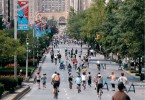
“Active Design” prioritizes health in designing cities: Because of its sheer density, it’s not surprising New York City is

“My ideals have come home” – one person’s account of what crowdsourced placemaking is all about: For those that are interested in learning what crowdsourced placemaking is all

The state of crowdsourced placemaking winter ’11: Being that there really is no other resource on crowdsourced placemaking, here’s

Arts as proven economic driver in placemaking: Is investing in the arts, as it relates to placemaking, profitable? Try
Cities look to crowdsource change in their ‘hoods: When it comes to crowdsourcing, there’s not much compelling about the Give

The spectacular waterfront that almost wasn’t: South Africa certainly has a history of overcoming adversity, and redeveloping its
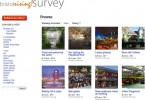
Blending online and face-to-face crowdsourcing: With the crowdsourcing of an entire downtown’s revitalization in Bristol, Connecticut, it’s

Crowdsourcing, “Carrotmobs” and Local Business: There aren’t too many times you’re going to hear crowdsourced placemaking discussed

First ever city-wide crowdsourced placemaking community: That would be Bristol, Connecticut, population 61,000. In the summer of 2010,

Crowdsourced placemaking FAQ: Crowdsourced placemaking is a fun, exciting way people can help shape the

For Gen Y, it’s not about the dream home, but the dream ‘hood: With the Gen Y generation, the largest demographic in U.S. history with
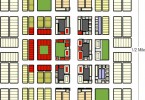
Employment districts for a knowledge economy: What does the new workplace neighborhood look like as we shift from

Form-based planning ‘OS’ key to knowledge economy: No graph better explains the evolution of the economy and placemaking better
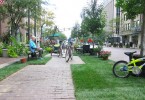
Pedestrian-only/car-free trends toward the crowd: The demand for pedestrian-only places is increasingly being met. A few of

Another restaurant’s crowdsourcing takes off: While a restaurant concept initiated in 2007, now known as Elements, is

How transit-oriented development can be triple bottom line: First of all, this post is not against light-rail transit-oriented development, but

How the triple-bottom-line will save a town’s economy: What’s happening in Bristol, Connecticut (pop. 61,000), home of ESPN, is pretty
Car sharing to set compelling new standards: Most every major city has car sharing, but it’s currently not like

Local economic development principles that work: You hear it all the time – small businesses are the engine
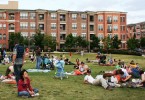
Austin’s “The Triangle” sets standard for town center retail: The vast majority of large-scale mixed-use development projects in the past have
Bristol, Connecticut first to crowdsource large-scale place: What better to talk about on a site that’s committed to crowdsourced

Employees moving to downtowns by the thousands: That’s literally the case when it comes to Detroit. Let me say
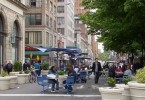
Pedestrian-oriented, car free update Fall 2010: What are the latest signs of a growing market for developing neighborhoods
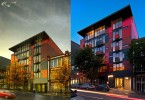
Ten principles for infill in natural cultural districts: What’s the key to revitalizing a downtown and/or neighborhood via urban development?

Main street retail’s future: Editors, hospitality, community: Since local independent retailers don’t have the financial capacity of their national/international
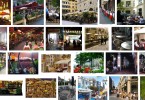
Top reasons why no car-free hoods in the U.S. 2010… yet: It’s a simple idea and the demand is certainly there, but why

Developers favoring walkable over car-oriented 3 to 1: We know the demand for walkable communities is there, but what about

Walking health benefits – illustrated: In case any public or private institution asks just what’s so great

Small Cool Apartment 2010′ winners: Moving into smaller homes hasn’t only become a financial necessity, it’s fast
